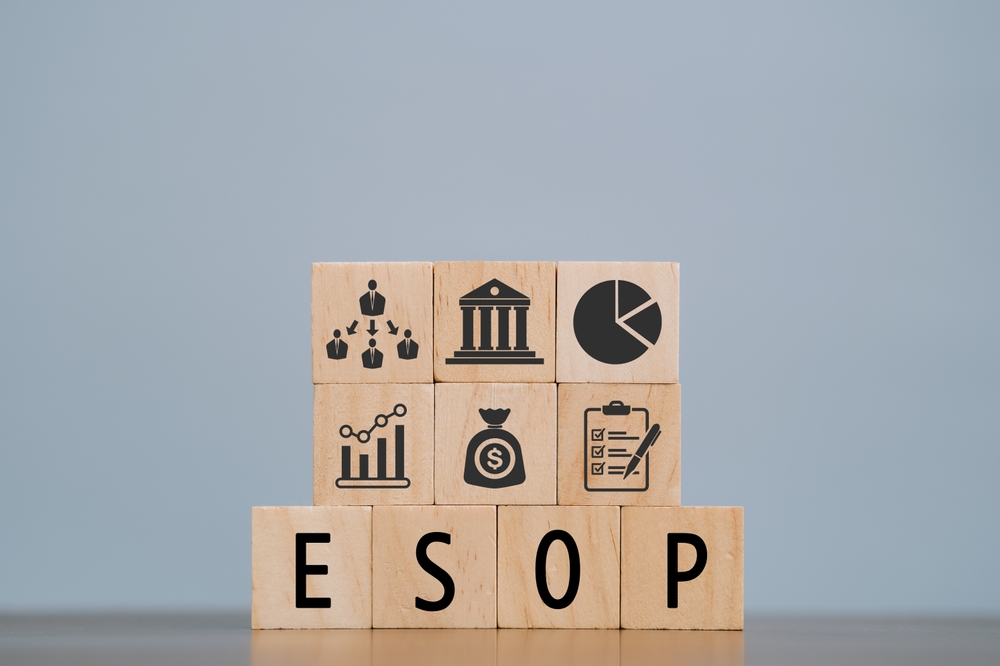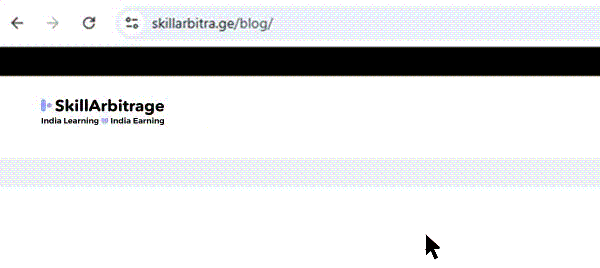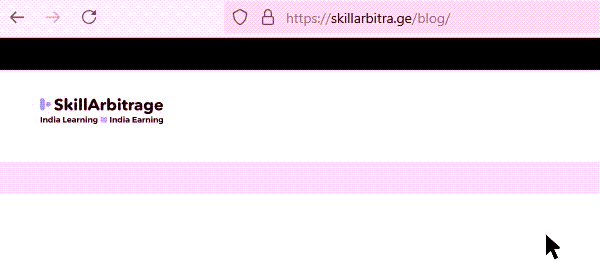One of the biggest pain points for any startup founder is to implement an ESOP Plan.
It is one of the crucial ways to attract top talent onboard given that a new startup cannot pay top of the market salaries, and given that its future growth trajectory is not certain.
Granting a share in the ownership of a company, and the possibility of increase in wealth is very powerful to get top talent on board which is truly aligned with its mission.
Investors insist that founders keep 20-30% shares separate for giving ESOPs to top employees.
How do employees gain?
Very simple.
ESOPs can be encashed by employees:
- when the company undertakes an IPO, or
- if the company buys back the ESOPs from the employees, or
- if the terms allow, then even when the company is acquired.
For example: Google’s chef had been given ESOPs, and he became a millionaire at the time of IPO.
This is not limited to big companies in the US like Google – it has become a trend in India.
Here are some examples of huge ESOP buybacks in the past 3 years:
Flipkart alone is considering a USD 700 mn buyback!
However, if the startup has not
Consultants may charge very arbitrary fees to create ESOP plans, undertake complicated valuation exercises that cost a lot but do not enable the startup to achieve its end goal.
If you can do it for 20-30k per client, they will be very grateful
You can later assist them in setting up compensation and benefits and rewards and recognition programs.
Let’s get to it.
Here is a sample ESOP plan (Infosys). This is the ESOP plan for a fintech company (here)
What do you need to know when an ESOP Plan is made?
Now, we will start with some basic terms:
ESOP pool size and number of shares
What is the size of the company’s ESOP pool? Is it 10%, 20% or 30%? How many shares are allocated?
Eligibility for ESOPs
Who is eligible for grant of shares?
Is it a high-performing manager, or someone who reached leadership roles quickly?
Is it every employee who has worked for a minimum period of x years?
Are top individual performers included?
Frequency of grant
At what points in time will the grant be made? Will it be annual or half-yearly? What will be the basis and mechanism? Will a committee decide this?
Who will grant the options and on what basis? What are the objective criteria for the grant?
The criteria for this can be written down.
Vesting schedule
Suppose you get 1000 ESOPs. That does not mean that you have 1000 shares of the company instantaneously.
These are all stock options. Usually, employees get shares evenly in instalments over a period of 3-5 years usually.
This is called the vesting schedule.
If the vesting is over 5 years, you will get 20% every year. In that case, 200 ESOPs will vest every year.
You may need to pay some token amount to buy these shares – this is called the exercise price. For example, you may need to pay Rs. 10 per share.
Exercise means paying some token money to actually get the share in your hand.
It’s like when you exercise (put in effort), you build muscle. The potential of your body is converted into real muscle.
Here, you pay the exercise price to get real shares for your options.
If each share is already worth Rs. 1000 or Rs. 10,000, imagine the rewards the employee would make!
Cliff period
Most companies have an initial “cliff period”. No vesting takes place during the cliff period. The cliff period is created to ensure longer employee retention for ownership to be granted.
Having a one year cliff is very common.
If there is a cliff of 1 year, then vesting will only start from the 2nd year onwards.
This is done to create an incentive to work over a longer period before the benefits start trickling in.
Exit events
Under which circumstances can the employee cash out?
Is it only on IPO, or can it even be at the time of acquisition?
Can the startup buy back ESOPs?
You can see nowadays that startups are frequently buying back ESOPs and enabling employees to exit.
This was not the case earlier.
What happens to ESOPs in case of death or termination of employment?
Death or termination of contract can interrupt ESOPs. You may have granted ESOPs which will vest in the next 5 years and the employee may resign in 2 years.
What happens to the ESOPs in that case?
Usually, this is decided on a few principles of fairness.
In case the employee resigns, the unvested options lapse.
The employee has some time to pay the exercise price for the vested options, otherwise they will lapse too.
If the employment is terminated for disciplinary reasons, all the options lapse. So it is possible that the employee does not get any shares.
In case of death or retirement, or acquisition of the company, all the options can vest immediately (because there is no fault or responsibility of the employee in this action here), if the ESOP scheme allows.
What is the work in connection with ESOP Plans for HR?
- Deciding the type of ESOP plans and their broad commercial terms periodically – startups and big companies have multiple plans – there can be a few new plans launched every year as well.
In large companies legal & compliance can write the plan but the key terms should come from business or HR teams
- Deciding who gets how much options at the end of each year along by obtaining performance feedback and then assisting the compensation committee on this
- Sending letters of grant – here is a sample letter of grant
- Communicating if there is a default that disentitles an employee from the benefits of the plan
- Facilitating exits and buybacks as per the plan
- Keeping records of the status of various options updated – you can do this using a software like Trica Equity (India) or Carta in US
This is what you need to decide when you implement a basic ESOP plan.
Do you want to learn how you can do it?
Remember – learning the skill alone is not enough
You need feedback so that you do not make mistakes while working with real clients
You need practice to build confidence
You need familiarity with AI tools to automate the process and save time
You need to learn how to administer this on a platform like Trica Equity (I’ll show you how to do this in our 3-day bootcamp)
And you need to build your track record and outreach with potential clients.
Once you learn 20 important skills, build a track record and perform outreach, you could start earning an additional 1-2 lakhs per month.
Or you can be the HR superhero in your organisation, who gets attention from the CHRO, CEO.
You could accelerate your career growth and get disproportionate jumps in your career, or 100% hikes year on year.
Do you want a step-by-step roadmap that you can follow for free?
Join our free 3 day bootcamp






 Allow notifications
Allow notifications
